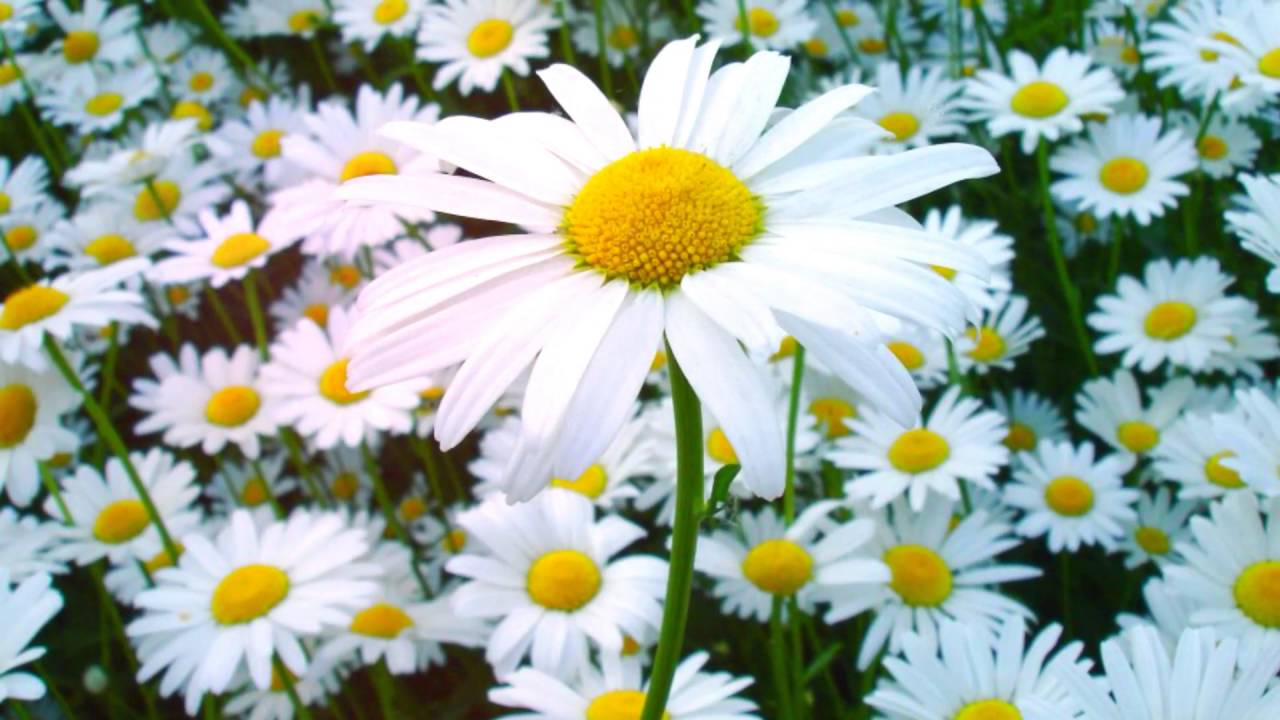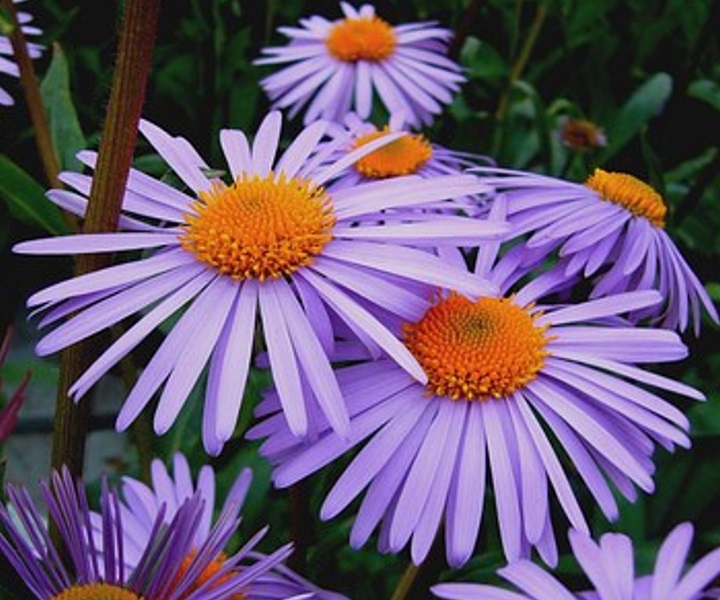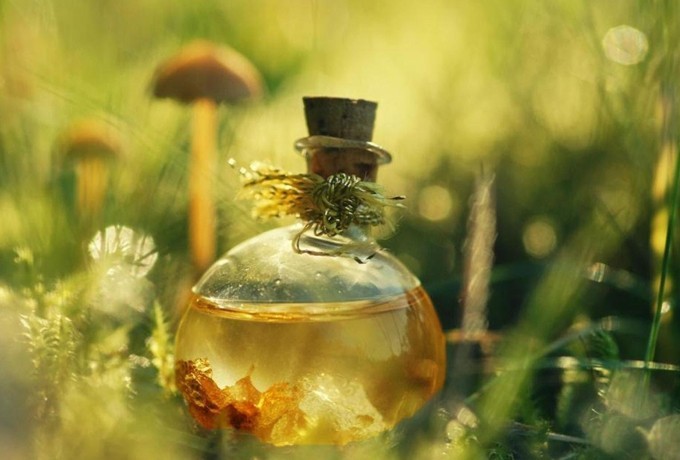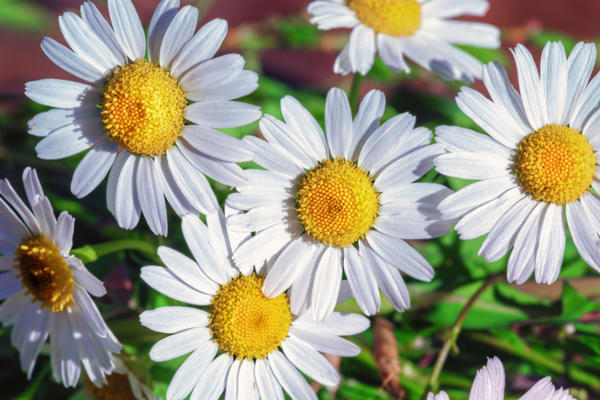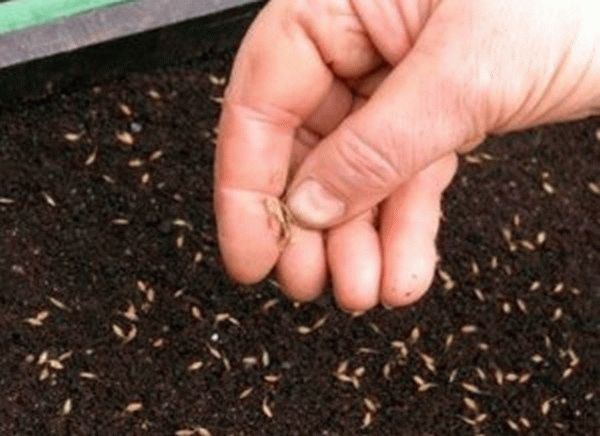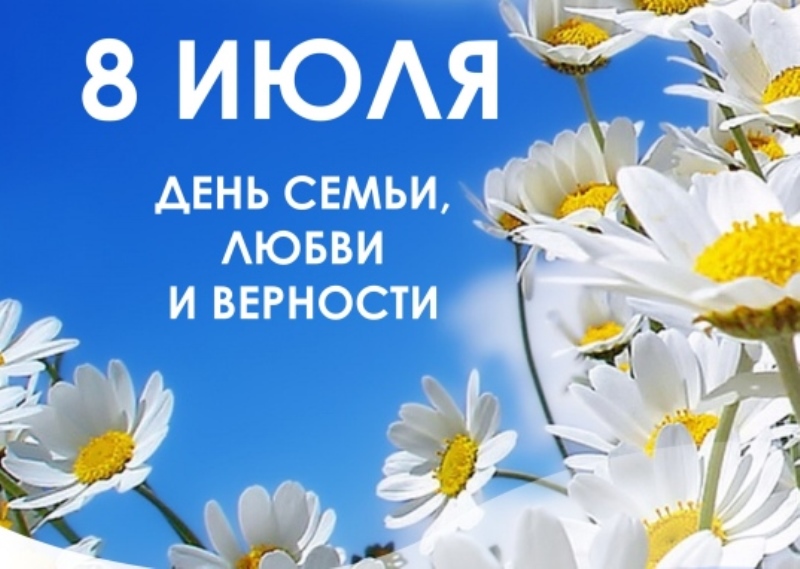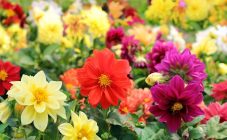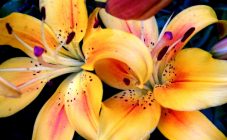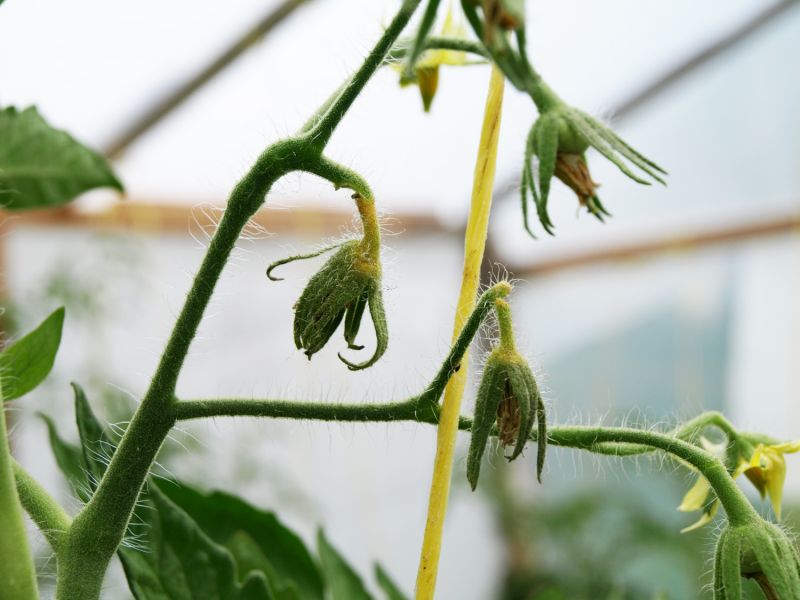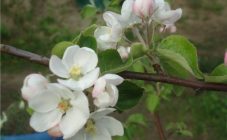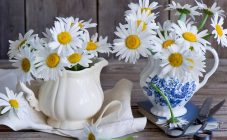Content:
Wild chamomile is a wild flower that grows everywhere: on roadsides, lawns and fields, in personal plots. It contains useful substances that are used in the treatment of childhood and adult ailments. Simple in appearance, the fragrant flower has many features that other representatives of the flora cannot "boast" of.
Description of the flower and its features
Chamomile belongs to the Asteraceae or Asteraceae family. Previously called "uterine herb", as it was used by healers to treat gynecological diseases. The word "chamomile" appeared in Russian from the Polish name - "Romana", which means "Roman". Its two botanical species are best known:
- Skinned, or pharmacy - it became so called for its medicinal properties. Chamomile flowers are ordinary, medium-sized, with a yellow core and white elongated petals.
- Fragrant or fragrant - the flower looks like a chamomile with dangling white petals, there is only a yellow center on the flower, which has a strong fragrant smell to attract pollinating insects.
In total, about 25 species of daisies are known, many of which grow on the territory of Russia.
How many petals does a chamomile have? Different species have a different number of petals, the number varies from 10 to 34. The stems of the plant are long and thin, the height of the bush depends on the growing conditions and soil composition. Chamomile leaves are feathery, dissected, threadlike. Plant height up to half a meter. The chamomile flower loves to settle on the sides of field roads, it grows in almost all regions of Russia.
When do daisies bloom, in what month? The buds begin to bloom in early spring and bloom until late autumn. In Crimea, for example, you can meet them and admire the flowering in April. In Siberia, they bloom later, somewhere in mid-June, and with flowers they leave under the snow in October.
The core of the flower is a whole basket with a huge number of mini flowers, collected in a yellow center. Each tubercle in the yellow basket of the core is a full-fledged flower that can independently pollinate and give seeds. White petals are also separate small flowers, only barren. Each of them consists of accrete tongues, which the flower needs in order to lure insects for pollination.
Where do daisies grow? Everywhere this flower grows on the roadsides, where it successfully competes with stronger neighbors, chamomile is grown on plantations to obtain medicinal pharmaceutical raw materials and raw materials for cosmetology.
Chamomile lives one season before the onset of winter, being an annual plant. At the very first large frosts, the plant dies; with the onset of spring, new chamomiles grow from the sown seeds.
Chamomile: application
What does pharmacy chamomile mean for doctors? The properties of chamomile are widely used in modern medicine and are being researched by scientists. The medicinal plant has an anti-inflammatory effect, it is used to treat and prevent diseases of the digestive system, conjunctivitis, stomatitis, diseases of the genitourinary system. Chamomile has found its use in the pharmaceutical industry: in many countries, whole plantations of this valuable raw material are cultivated.
The plant is used in cosmetology, in the form of creams and masks, decoctions, soothing dry and irritated skin.
About the past of chamomile
Chamomile has accumulated many interesting legends and facts over its history:
- In ancient times, it was believed that this flower is capable of extinguishing conflicts and reconciling warring parties, helping good to defeat evil.
- It was customary to place a bouquet of these unpretentious plants next to the patient's bed. The ancient physician Avicenna gave a description of chamomile in his work "The Canon of Medicine".
- The ancient Egyptians considered chamomile to be a divine flower, embodying the power and energy of the god Ra, capable of awakening this divine power and helping a person in trouble.
- Tibetan monks make the elixir of youth from chamomile. And some African tribes, deciding that chamomile attracts evil spirits, completely destroyed and wiped out several species of this plant.
- Previously, women used a strong infusion of chamomile to dye their blonde hair, this gave them a beautiful golden hue.
Growing chamomile in the garden
Many gardeners and summer residents grow a daisy in their gardens, called a large garden chamomile. Its varietal flowers are very similar to chamomile, only much larger and more beautiful than that of an ordinary roadside plant.
In addition, the daisy leaf has a beautiful carved shape, which also gives the plant charm. The stems are tall and strong, reaching a height of 80 - 120 cm. Each stem bears a luxurious large flower, up to 10 cm in diameter. Used to decorate bouquets.
Nivyanik is undemanding to soil and indifferent to watering, frost-hardy and blooms twice a summer, with an interval of two months.
Several varieties of chamomile have become the most popular and beloved among gardeners:
- The Princess variety is beautiful for its huge flowers, reaching 12 cm in diameter in some specimens. The plant is able to winter and bloom from year to year abundantly and with full return up to five years without transplanting.
- The winner is a garden variety that can grow in one place for many years without dividing the bush and replanting. The plant rests from flowering one year out of four. Inflorescence: snow-white petals and very bright center.
- Silver Princess - the variety has short stems with large flowers that will adorn the plant from mid-summer until the very frost. Can be planted as a "background" for tall flowers, since the height of the chamomile is only 30 cm.
- Alaska is a giant daisy with powerful stems that grows up to 1 m.
Planting seeds
Transplanting into separate cups should be done as soon as the seedlings get stronger in the phase of the first two leaves, since the grown plants may not survive the transplant. It should be planted in a permanent place when the threat of large and prolonged frosts has passed. You need to extract the plants with a full earthen lump, the best option for transplanting is peat cups, which are placed in the ground along with the seedlings. Watering should be abundant when transplanting, and moderate after the plants have taken root.
Sowing is carried out in open ground and is carried out in late autumn, since the seeds require stratification, without which they simply will not sprout.
Care
Caring for the plant comes down to timely weeding and loosening, mulching with peat or any available material, complex fertilizing and treatment with fungicides for diseases. When attacked by pests, spraying with pesticides is required.
In the spring, overwintered bushes need to be put in order: remove weak and poorly overwintered plants, divide and transplant bushes that have found themselves in cramped places to a new place.
Holidays associated with chamomile
World White Chamomile Day is held on March 24th. This date has been celebrated since 1911. This is a holiday-action designed to help in raising funds for TB patients and to show solidarity in the fight against this terrible disease, to help patients with this disease live and be treated. The flower is a symbol of a natural antibiotic used in folk medicine to treat a disease.
The second holiday of this flower in Russia is July 8 - the day of family, love and fidelity, the symbol of which is chamomile, which personifies conjugal love and fidelity, sincere care and kindness.
If varietal daisies are cut, wrapped in paper or corrugated mesh and decorated with a beautiful ribbon, you will get a delicate original bouquet that can be presented for any celebration, especially for the birth of a child or a wedding.
Chamomile planted in open ground will decorate the site with its pretty flowers throughout the warm period, without requiring laborious maintenance.
